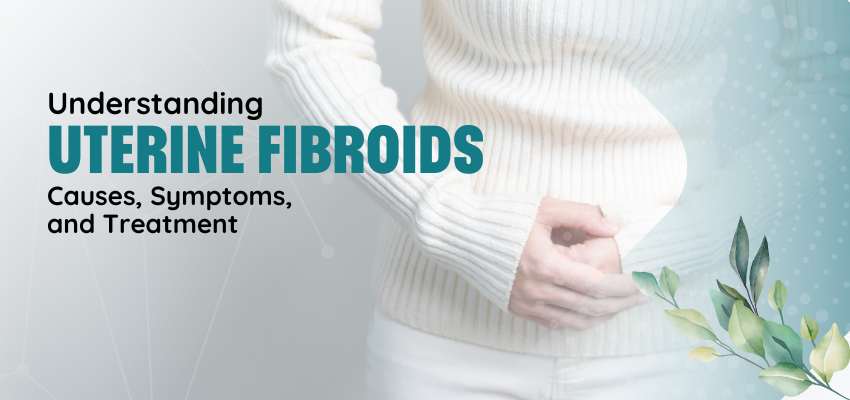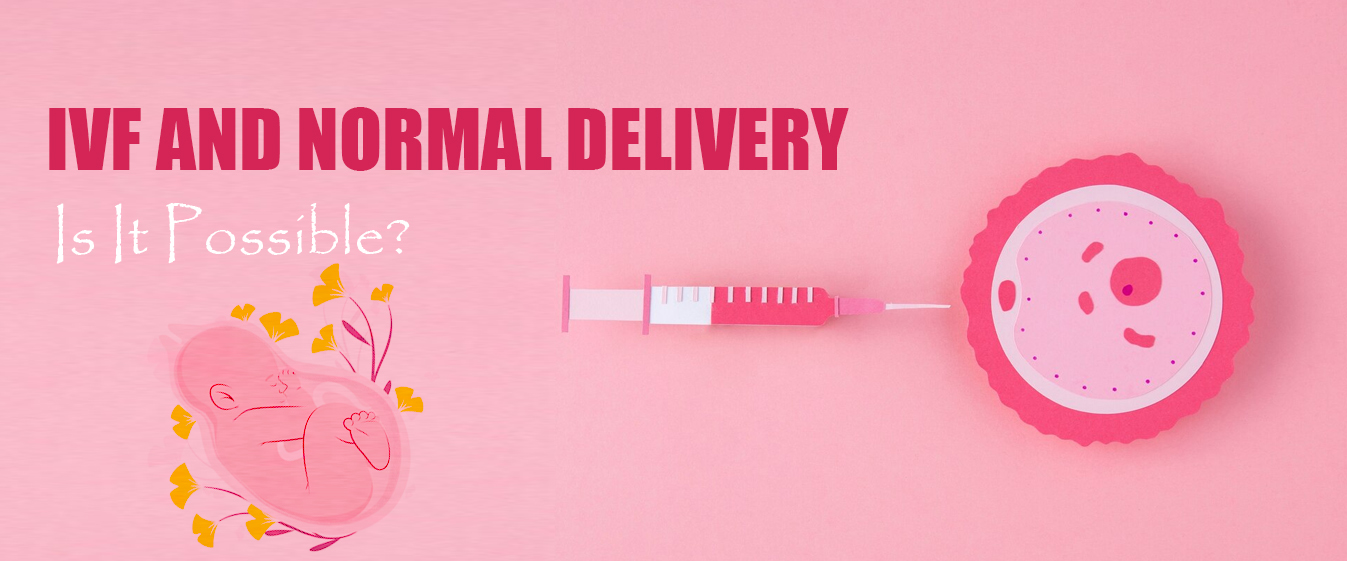Uterine fibroids, also known as leiomyomas or myomas, are a prevalent health concern among women of reproductive age. These noncancerous growths originate in the muscular wall of the uterus and vary widely in size, shape, and location. While fibroids are generally considered benign, they can cause a variety of symptoms and complications, prompting many women to seek treatment and management options. From influencing menstrual patterns to causing pelvic discomfort, fibroids can manifest in diverse ways.
Causes of Fibroids
The exact cause of fibroids remains unknown, but several factors contribute to their development. Hormonal imbalances, particularly elevated levels of estrogen and progesterone, play a significant role in fibroid growth. Genetic predisposition, race, and age also influence the likelihood of developing fibroids.
Symptoms of Fibroids
Fibroids can manifest with a range of symptoms, and their severity varies among individuals. Some women may experience no symptoms at all, while others may face significant challenges. Common symptoms include
- Menstrual changes: Heavy menstrual bleeding, prolonged periods, and irregular menstrual cycles
- Pelvic pain and pressure: Fibroids can cause discomfort or a feeling of fullness in the pelvic region
- Frequent urination or difficulty emptying the bladder: Large fibroids can press against the bladder, leading to these urinary symptoms
- Backache or leg pains: Pressure on nerves in the back can cause pain radiating down the legs
- Constipation or difficulty with bowel movements: Fibroids can press against the rectum, causing bowel-related issues
- Enlarged abdomen: In some cases, fibroids can cause the uterus to enlarge, leading to a noticeable increase in abdominal size
Diagnosis of Fibroids
Fibroids are typically diagnosed during a pelvic examination, ultrasound, or MRI imaging. In some cases, further diagnostic tests such as hysteroscopy or saline infusion sonography may be recommended to evaluate the extent and location of the fibroids. Accurate diagnosis is crucial for determining the most appropriate treatment plan.
Treatment Options
Treatment for fibroids aims to alleviate symptoms, prevent complications, and improve overall quality of life. Treatment options may include
- Medications: Hormonal medications such as birth control pills, gonadotropin-releasing hormone agonists, and progestin-releasing intrauterine devices (IUDs) can help regulate menstrual bleeding and reduce the size of fibroids
- Minimally Invasive Procedures: Techniques such as uterine artery embolization (UAE), magnetic resonance-guided focused ultrasound surgery (MRgFUS), and laparoscopic or robotic-assisted myomectomy can remove or shrink fibroids while preserving the uterus
- Surgical Intervention: In cases of severe symptoms or large fibroids, a hysterectomy (surgical removal of the uterus) may be necessary, particularly for women who have completed their childbearing
- Watchful Waiting: For women with asymptomatic fibroids or mild symptoms, watchful waiting with regular monitoring by a healthcare provider may be appropriate
While uterine fibroids pose challenges for many women, there is reason for optimism in the ongoing efforts to understand, manage, and treat this common condition. Advances in medical research and technology have expanded the array of treatment options, providing women with more choices to address their specific needs and preferences. With personalized care plans, collaborative discussions between healthcare providers and patients, and a growing awareness of uterine fibroids, the journey towards better health outcomes becomes increasingly promising. Resilience, knowledge, and support can help women overcome uterine fibroids and live healthy, fulfilling lives!








